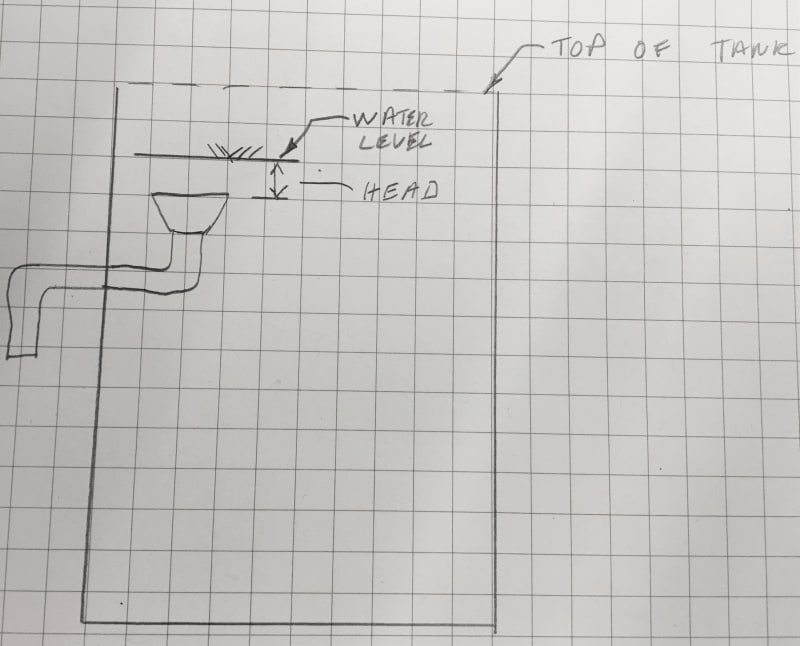bootlegend
Structural
It's been years since I had my physics and fluids classes but I finally need them now. Problem is I've apparently forgotten the little I learned.
I have tank that can have water overflow at a given rate. Tank is open to air pressure at overflow location. I need to size a pipe to handle the overflow rate and prevent spilling over the edges of the tank. If the pipe is large, then pressure doesn't buildup, but if the pipe is smaller pressure can build up. Is the Bernouilli equation all I need to solve this? I found this chart online and I think that addresses the situation for a roof drain, but how are they building the chart?
I have tank that can have water overflow at a given rate. Tank is open to air pressure at overflow location. I need to size a pipe to handle the overflow rate and prevent spilling over the edges of the tank. If the pipe is large, then pressure doesn't buildup, but if the pipe is smaller pressure can build up. Is the Bernouilli equation all I need to solve this? I found this chart online and I think that addresses the situation for a roof drain, but how are they building the chart?

